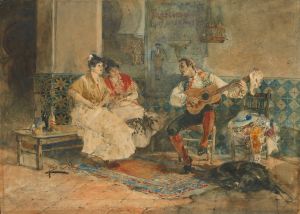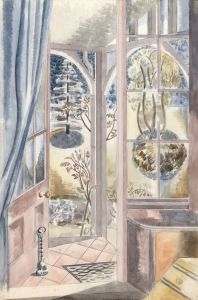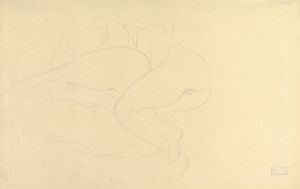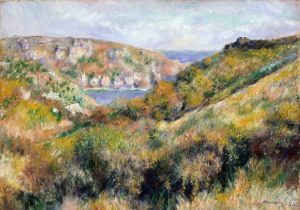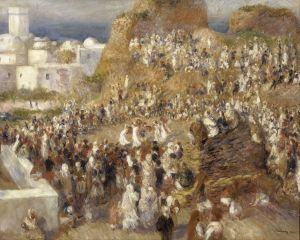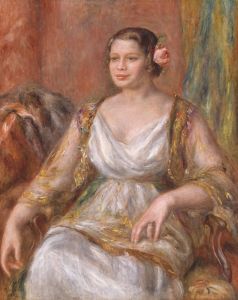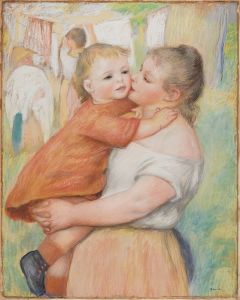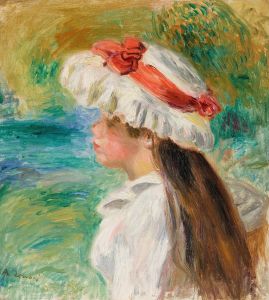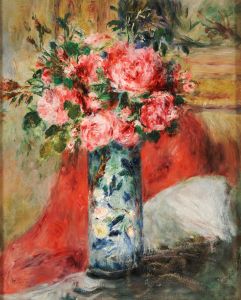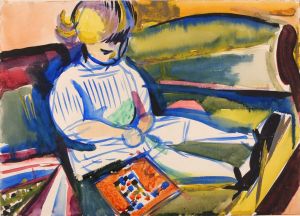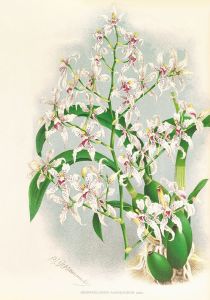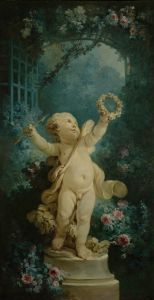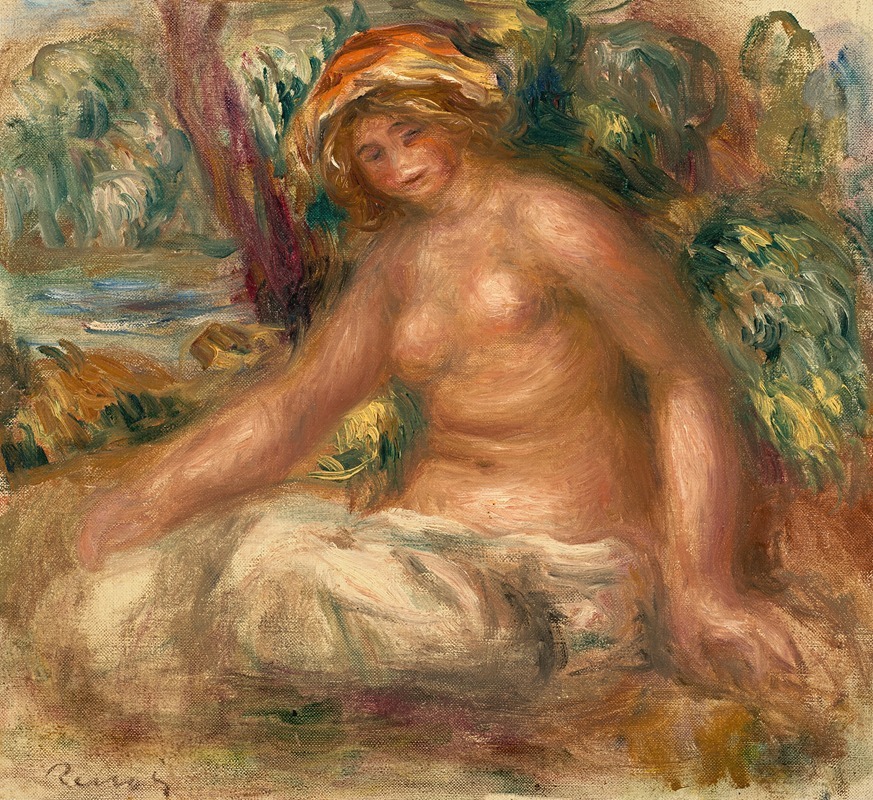
Nu assis
A hand-painted replica of Pierre-Auguste Renoir’s masterpiece Nu assis, meticulously crafted by professional artists to capture the true essence of the original. Each piece is created with museum-quality canvas and rare mineral pigments, carefully painted by experienced artists with delicate brushstrokes and rich, layered colors to perfectly recreate the texture of the original artwork. Unlike machine-printed reproductions, this hand-painted version brings the painting to life, infused with the artist’s emotions and skill in every stroke. Whether for personal collection or home decoration, it instantly elevates the artistic atmosphere of any space.
Pierre-Auguste Renoir's "Nu assis" is a celebrated work by the renowned French Impressionist painter, known for his vibrant light and saturated color. Renoir, born in 1841, was a leading figure in the Impressionist movement, which sought to capture the fleeting effects of light and atmosphere in their work. "Nu assis," which translates to "Seated Nude," is one of Renoir's many explorations of the human form, a subject he frequently returned to throughout his career.
Renoir's fascination with the nude form is evident in his numerous paintings and sketches, where he often depicted women in various states of repose and relaxation. "Nu assis" is no exception, showcasing Renoir's ability to render the softness and warmth of human skin with his characteristic brushwork. The painting exemplifies Renoir's mastery in using color to create depth and texture, with a palette that often includes soft pinks, warm yellows, and rich blues.
The Impressionist movement, which Renoir was a part of, emerged in the late 19th century as a reaction against the rigid conventions of academic art. Impressionists like Renoir sought to capture the momentary effects of light and color, often painting en plein air, or outdoors, to better observe the natural world. While "Nu assis" is a studio work, it reflects the Impressionist interest in capturing a sense of immediacy and intimacy.
Renoir's approach to the nude was both sensual and respectful, focusing on the beauty and grace of the human body. His nudes are often depicted in natural settings or domestic interiors, emphasizing a sense of ease and comfort. In "Nu assis," the model's pose is relaxed, with a gentle turn of the head and a soft gaze, inviting the viewer into a private moment of contemplation.
Throughout his career, Renoir's style evolved, moving from the loose, fluid brushstrokes of his early Impressionist works to a more refined and classical approach in his later years. However, his commitment to capturing the beauty of the human form remained constant. "Nu assis" is a testament to Renoir's enduring fascination with the nude and his ability to convey the subtleties of flesh and form.
Renoir's work, including "Nu assis," has been celebrated for its contribution to the development of modern art. His paintings are housed in major museums and private collections worldwide, continuing to captivate audiences with their vibrant color and emotive power. Renoir's legacy as a master of Impressionism and a painter of the human form remains influential, inspiring generations of artists who followed.
In summary, "Nu assis" by Pierre-Auguste Renoir is a quintessential example of the artist's skill in depicting the nude form with warmth and sensitivity. It reflects the broader themes of the Impressionist movement and Renoir's personal artistic journey, highlighting his dedication to capturing the beauty of everyday life.





